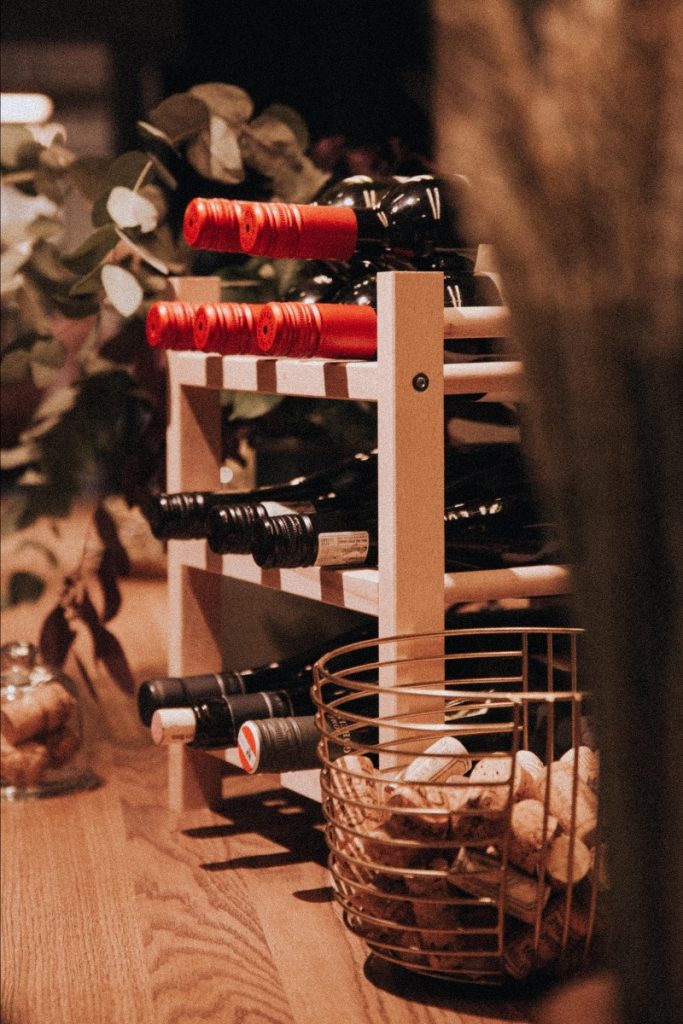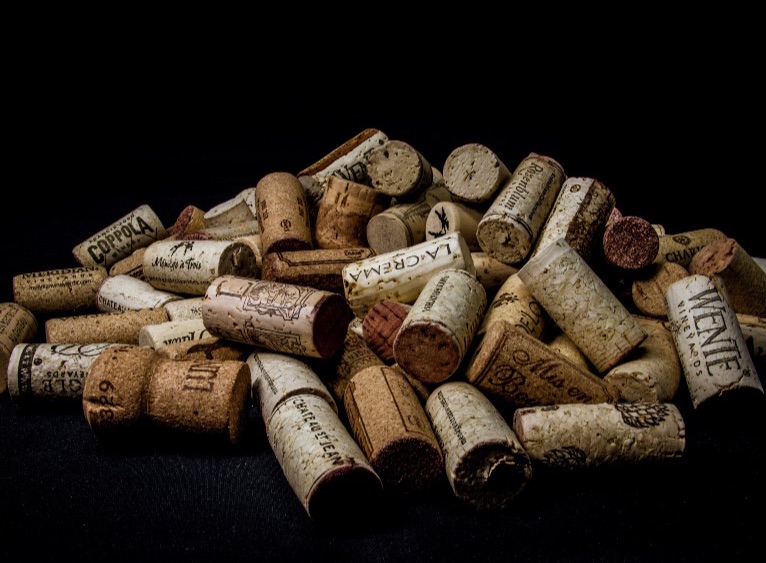
That extra sense of romance
“If the ‘cork vs screw cap’ debate was a wine, it would be a full-bodied red with a long finish, ageing indefinitely in the barrel while we argue which stopper is best.”
–Wine Cork vs Screwcap, Dan Murphy’s Liquor Library
Did you know screwcaps only started to become widely used in the year 2000, and the movement toward screwcaps and away from cork was started in the Clare Valley wine region in South Australia? The use of cork vs screwcaps is still hotly debated today, so why did cork lose its iron grip on our wine bottles and why the debate?
Cork
The first definitively recorded use of cork as a wine closure goes all the way back to ancient Greece, you may be surprised to learn, however, that cork has not been used continually through history. Through much of the middle ages, cork was an inaccessible commodity therefore wooden stoppers sealed with cloth, wax and pitch and later glass stoppers ground to fit individual bottles were much more common. In fact, glass bottles for wine storage weren’t developed until the 17th century. From this point on, however, cork became the most common closure type for wine bottles and remains so. What is the enduring appeal of cork for winemakers?
Cork is uniquely suited as a stopper due to its impressive qualities, it is elastic, inert, waterproof and airtight. There are few natural products that check every box on this list while maintaining no impact on wine flavour, allowing the natural development of wine. It’s also a naturally renewable resource, cork for stoppers is harvested from the bark of the cork tree which is so thick that it can be harvested without damaging the tree itself. Another pro for the use of cork is its proven impact on long-term wine ageing. Historically, the very best wines of antiquity and the highest quality aged wines from Europe have been stoppered with high-grade natural cork, proving over several hundred years of carefully and enthusiastically recorded wine history the efficacy of the closure type.
So if cork stoppers are so effective why move, particularly in Australia and New Zealand, away from cork toward alternative closure types?
Screwcaps
Screwcaps are the most commonly used, although certainly not the only, alternative stopper for wine bottles. First used for wine closure in France in 1959 the rights to manufacture were acquired by an Australian company called ACI in 1970. Screwcaps didn’t really take off as a closure type because of the widespread acceptance of cork amongst consumers and a lack of understanding of the deficiencies inherent in natural cork. The most impactful issue with natural cork is the risk of cork taint. Perhaps second is the cost, often 3-4 times more expensive than a screwcap but sometimes even more.
Motivation to overcome consumer preference toward cork was affected by a lack of high-quality cork supply in the 1980s in Australia but really took a grip on Australian winemakers in 2000. Winemakers in the Clare Valley moving away from cork stoppers banded together to fulfil a minimum order of 250,000 screw-cap compatible bottles from a manufacturer in France. This effort created such a stir in the Australian industry that by 2004 approximately 200 million wine bottles in Australia were sealed under screwcap. In that same year, approximately 70% (up from 1% in 2001) of New Zealand wines were sealed with screwcaps as Clare Valley winemakers inspired the 2001 formation of the New Zealand Screwcap Initiative. By 2014 estimates suggested that 95% of New Zealand wines and 80% of Australian wines were sealed under screwcap.
Screwcaps carry no risk of cork taint and are relatively inexpensive. They also have positive results on wine ageing although this is a hotly contested fact, why?
Bottle ageing
There is much debate over the effects of ageing when it comes to cork vs screwcap. Some argue that screwcaps provide no oxygen ingress allowing little to no development of wine. Others argue that oxygen ingress is not important for the ageing process and that wine sealed under screwcaps has just as much ageing potential as those under cork, although perhaps taking slightly longer to develop, with the added benefit of no risk of cork degradation or cork taint. The facts show that screwcaps, corks and other alternative closures all allow for oxygen ingress. Natural cork is, ironically, quite variable when it comes to oxygen ingress.
At Moorooroo Park Vineyards we prefer the stability of screwcaps for most of our wines, and use only the very highest quality cork as an exception for wines that warrant that extra sense of romance that only cork brings. So while the debate over closure types is certainly interesting, you shouldn’t let it overly impact your choice when choosing a bottle of wine, winemakers will always choose a closure type that best suits their wine.
-“The Oxford Companion to Wine”. Jancis Robinson and Julia Harding. Oxford University Press. 2015.
-“How to Taste“. Jancis Robinson. Simon & Schuster. November 2008.
-Wine Enthusiast. “The Pros & Cons of Different Wine Closures“. Christina Pickard. April 23, 2019.
-Dan Murphy’s Liquor Library. “Wine Cork vs Screwcap“. 2021.
-Wine Folly. “Corks vs Screw Caps“. Madeline Puckette. February 5, 2014 – Updated on May 23rd, 2018.

In Bottle
Screwcap
2015 Samuel Nitschke Cabernets
2015 was a banner vintage for the Barossa Valley and for us at Moorooroo. The 2015 vintage Samuel Nitschke is peppy and boasts exceptional vibrancy. You’ll detect notes of raspberry and olive on the nose while tasting clove and candied fruit. A classic Samuel Nitschke finishes cleanly with a firm tannin structure, and 2015 is no exception. A distinctly savoury vintage that has softened with even just a little extra time in bottle. 2015 Samuel Nitschke Cabernets is a generous luxury to enjoy now and we can only imagine the reward for patient cellaring.
Cork
2014 Samuel Nitschke Reserve Cabernets
2014 vintage provided a rare opportunity when Wyndham, while tasting barrel samples, discovered some truly exceptional examples from our Cabernet vineyards, even by Samuel Nitschke standards. While the wine was small in quantity it was so high in quality that Wyndham decided it was worth patiently waiting an extra year for these few barrels to reach their fullest potential. So four years became five and Samuel Nitschke became Samuel Nitschke Reserve. The extra time in barrel afforded to the 2014 Samuel Nitschke Reserve Cabernets softens the tannins lending an exceptionally smooth finish. The aroma is cinnamon, marzipan and woody herbs and the palate is plum, liquorice, vanilla. A silky smooth finish is accompanied by a layered complexity that softly lingers.

